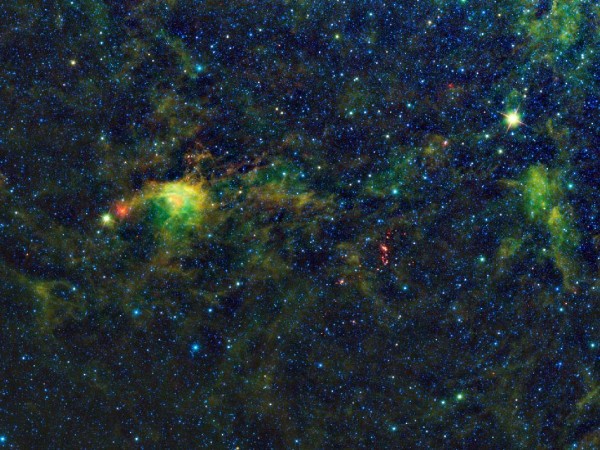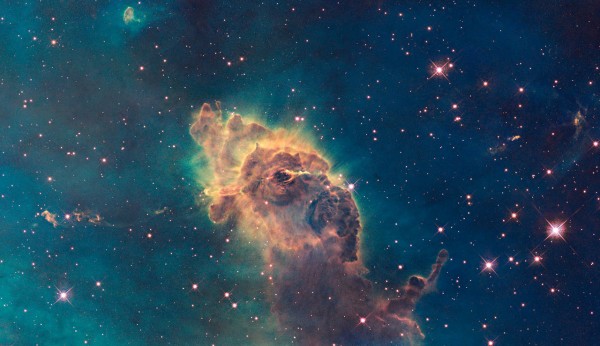“If the human condition were the periodic table, maybe love would be hydrogen at No. 1.” -David Mitchell
It's the end of the week, so once again it's time for Ask Ethan. You've sent in your questions and suggestions, and have I got a doozy of a question for this week about the simplest element in the Universe: hydrogen.
 Image credit: WISE mission, NASA / JPL-Caltech / UCLA, via http://www.nasa.gov/mission_pages/WISE/multimedia/gallery/pia13443.html.
Image credit: WISE mission, NASA / JPL-Caltech / UCLA, via http://www.nasa.gov/mission_pages/WISE/multimedia/gallery/pia13443.html.
From the Big Bang to the present day, and far into the future, just how much of the Universe's hydrogen has been (or will be) turned into heavier elements, and how much will remain hydrogen for all time?
 Image credit: NASA, ESA and the Hubble SM4 ERO Team, via http://www.spacetelescope.org/images/heic0910e/.
Image credit: NASA, ESA and the Hubble SM4 ERO Team, via http://www.spacetelescope.org/images/heic0910e/.
Go and read the whole story here.

The zig zags in that abundance chart aren't helpful. I prefer the chart in the pdf referred to on wikipedia:
http://web.archive.org/web/20060901133923/http://www.astro.wesleyan.edu…
where they connect the even and odd Z elements with lines, instead of every adjacent element.
The Universe's age is ~ 13 billion years old. An M-class star cannot live for trillions of years.
Also used trillions in a few other places, I think....you probably mean billions?
Oh, sorry...my mistake! You're right on the trillions.
I have reason to believe that much of that early hydrogen is in room #317 of the Des Moines Holiday Inn.
Just sayin.
By mass, I'm pretty sure most of the universe is dark matter, or dark energy if that counts. By atoms, it's mostly hydrogen, but you're not always careful with the distinction in your article.
If proton decay exists, then there will be a time when all hydrogen disappears.
I'm being pedantic, but....'temperature of the core exceeds about four million Kelvin'
should read, 'four million K' or 'four million kelvins'
A question which some of you will find elementary, yet here it is: If He is made up of 2 fused H atoms, and H has (for the purpose of this question) 1 unit of mass: How can He have 4 units of mass?
Skooma Addict,
Where did you ever read that He is made up of 2 fused H atoms? Most of the He is formed via the proton-proton chain reaction. In this reaction, two H atoms combine to form a diproton (ie. two protons stuck together). Most of the time, this diproton just splits again into two H atoms. However, sometimes this diproton undergoes beta decay (emittin a positron) and one of the protons transforms to a neutron, which yields a deuterium atom (H-2). Deuterium atoms thus formed can fuse with H atoms to form He-3. Two He-3 atoms then (in the predominate branch of the process) fuse to form a He-4 atom with the release of two H atoms. Each He-3 requires a H-2 and a H-1 atom. Each H-2 atom requires two H atoms for a total of three H atoms per He-3. Therefore, two He-3 atoms require 6 H atoms to form. Since two H atoms are emitted when the two He-3 atoms fuse to He-4, each He-4 atom requires 4 H atoms to form, and the mass of the He-4 is accounted for.
El universo y la materia son el movimiento del hidrógeno transformándose en helio?